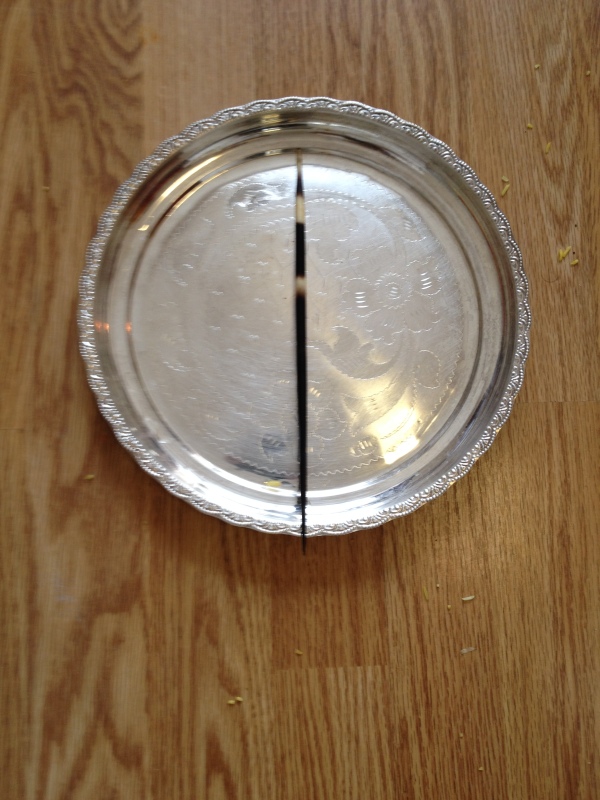
Hair style of Chidambaram Dikshitas
Research article written by London Swaminathan
Date: 30 September 2016
Time uploaded in London: 21-45
Post No.3205
Pictures are taken from various sources; thanks.
Contact swami_48@yahoo.com
Please read First part and then continue here:-
Source book Vedic Index of Names and Subjects by Keith and Macdonell:–
Kesa , hair
This is a word used until today in almost all the Indian languages to denote hair. Atharva veda and later Vedic literature repeatedly use this word for hair of the head. The hair was a matter of great concern to vedic Hindus and several hymns of the Atharva Veda (AV 6-136-137) are directed to securing its plentiful growth. Cutting or shaving the hair is often referred to (AV8-2-17; for a man to wear a long hair was considered effeminate (Satapata Brahmana 5-5-3-1). As to the modes of dressing the hair, it is given under the words OPASA and KAPARDA.

Ksura, razor (mayir kurai karuvi in Sangam Tamil Literature)
Ksura occurs three times in the Rig Veda. The word appears to have the general sense of ‘blade’ in one passage, possibly also in another where it is said that the hare swallowed a Ksura and where the sense blade is adequate. In the third passage there seems to be a reference to the sharpening of a razor on a grind stone (Bhurijos), but Muir, following another view of Roth, adopts the sense, ‘the edge of the scissors’ which hardly suits the other passage , one in the Atharva Veda, where a Ksura is described as moving about on the bhurijos as the tongue on the lip. The meaning razor is perfectly clear in the Atharva veda where shaving by means of it is mentioned; in many otherpassages either sense is adequate.
A ksuro bhrjvan occurs in the Yajur Veda; it seems to denote, as Bloomsfield suggests, a razor with a strop. Ksura dhaaraa denotes the dge of the razor. In the Upanishads (Kausitaki Upanishad) a razor case (Ksura dhaana) is mentioned .
My comments
As usual, no two ‘scholars’ agree; as usual seems to be appears to be etc indicate they don’t know what they are talking about.
Hare swallowing a razor may be an idiom meaning something else. Tamils translated Vedas as Marai (Secret) because nothing is said openly.

Daksinataskaparda
This is a term used as an epithet of the Vasisthas in the Rig Veda (7-33-1) referring to their mode of wearing the hair in a braid on the right side.
My comments:-
As I mentioned under KAPARDA, even today Nampoodiri Brahmins of Kerala, Tamil Dikshitars of Chidambaram have different hair styles. It is very interesting to note that such hair styles are follwd by certain sects started in the Vedic period. This must be the oldest hair style followed in the world!
Palita ,grey haired
Palita occurs frequently from the Rig Veda (1-144-4; 1-164-1) onwards. It is the distinctive style of old age. Those who, like the descendants of Jamadagni, do not grow old, are said not to become grey haired, while Bharadwaja is described as having in his old age become thin and grey haired. The Satapata Brahmana in one passage observes that grey hairs first appears on the head and elsewhere alludes to the hair on the arms having become grey.
My comments
Sangam Tamil Literature which came approximately 2000 years after the Rig Veda, has an interesting verse in Puranaanuru 191. A very old poet had jet black hair. Everyone was wondering how come the poet Pisiraanthaiyaar still maintain the hair in such a good condition. He revealed a great truth:-
If you ask me how it is
That I am so full of years
And yet my hair is not grey,
It is because
My wife is virtuous,
My children are mature;
Younger men wish
What I wish,
And the king only protects,
Doesn’t do what shouldn’t be done.
Moreover, my town
Has several noble men, wise and self possessed
–Purananuru 191

Nampoodiri of Kerala
If everyone in a family is at the same wave length, there is no worry; and no greying of hair.
Probably Jamagdagni also had such an understanding family!
To be continued………………..
















You must be logged in to post a comment.